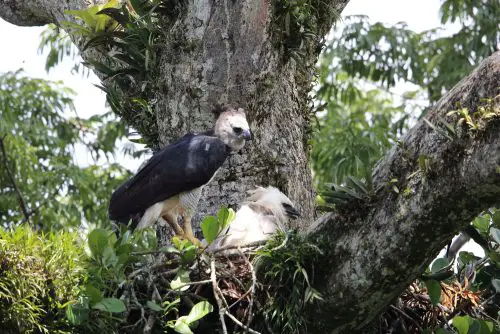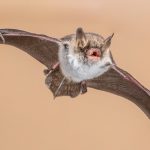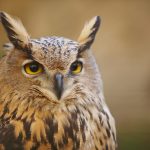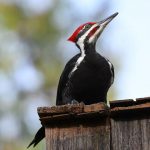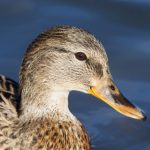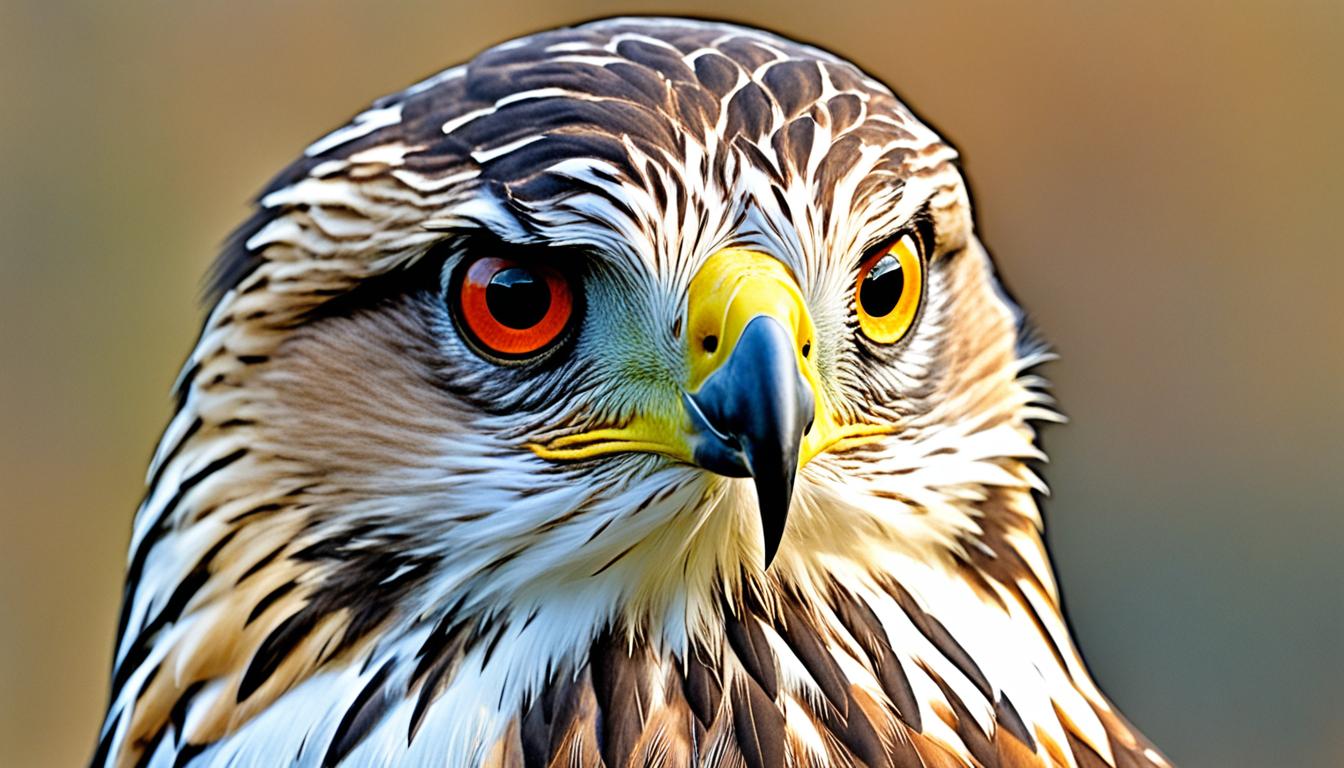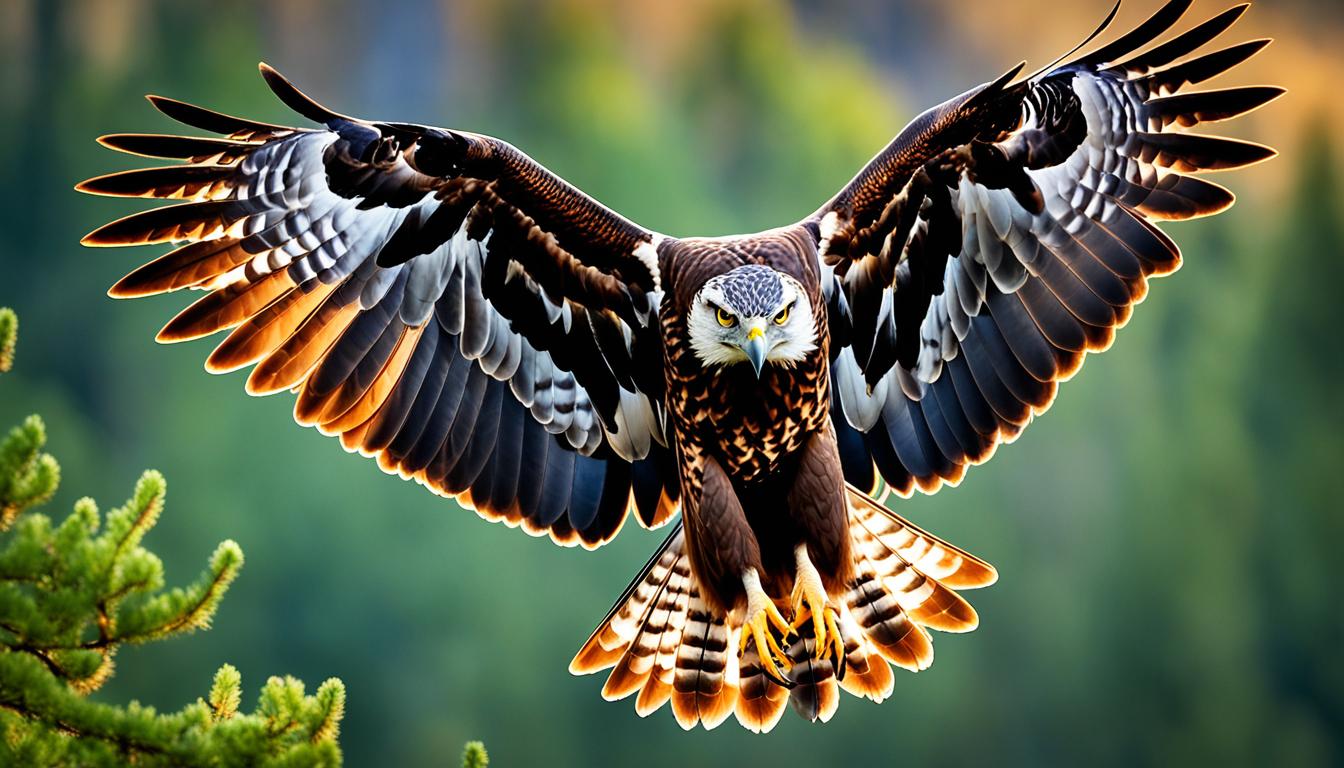These birds are some of the largest and heaviest creatures that can take to the sky, and they include species from all corners of the globe. Learn about their amazing size, impressive wingspans, and more!
Kori Bustard
- Scientific name: (Ardeotis kori)
- Type: omnivores
- Wing span: 7 – 9 ft
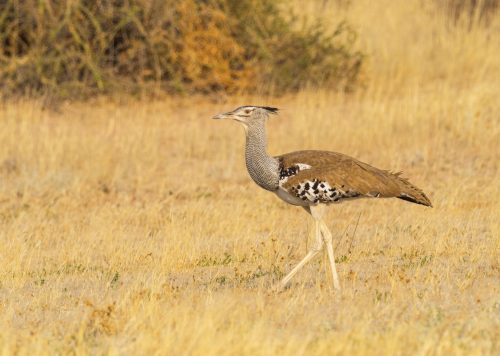
The Kori Bustard is the second largest flying bird on the African continent, and there are four different species found in both India and Australia. The three countries in which you may find the kori bustard are Southern Africa, Botswana, and Namibia. It lives in grassy areas, grassland, and highly wooded territory.
Andean Condor
- Scientific name: Vultur gryphus
- Type: Scavengers
- Wing span: 2.7 – 3.2 m
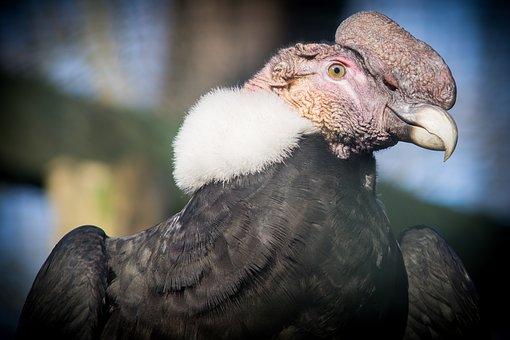
The Andean Condor is the largest member of the vulture family and also has the longest wing span. It is native to the new globe. Condors are one of the largest flying birds in the world and may be found in Argentina, Bolivia, Ecuador, and Peru. They are known as scavengers.
Dalmatian Pelican
- Scientific name: Pelecanus crispus
- Type: carnivores
- Wing span: 3.5 m
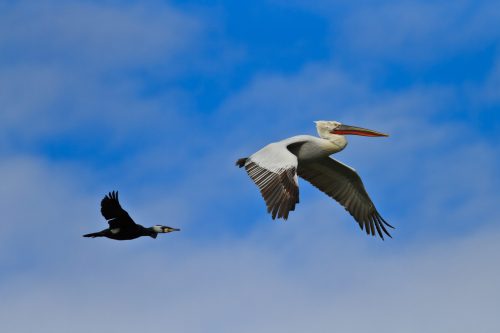
The Dalmatian Pelican, which is the largest species in the family of pelicans, may be found breeding in the swamps and shallow lakes of Europe and India. This huge pelican is the biggest of its kind left in the world. It is also one of the biggest flying birds in general.
Sarus Crane
- Scientific name: Grus Antigone
- Type: omnivores
- Wing span: 3 m
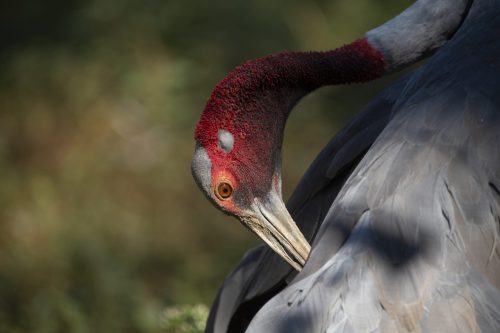
The Sarus Crane, which can be found in some regions of the Indian Subcontinent, holds the title of the world’s tallest flying bird. The non-migratory species are classified as endangered and is one of the heaviest cranes. It is most commonly seen in the lowlands of India.
Harpy Eagle
- Scientific name: Harpia harpyja
- Type: Carnivores
- Wing span: 2 meters
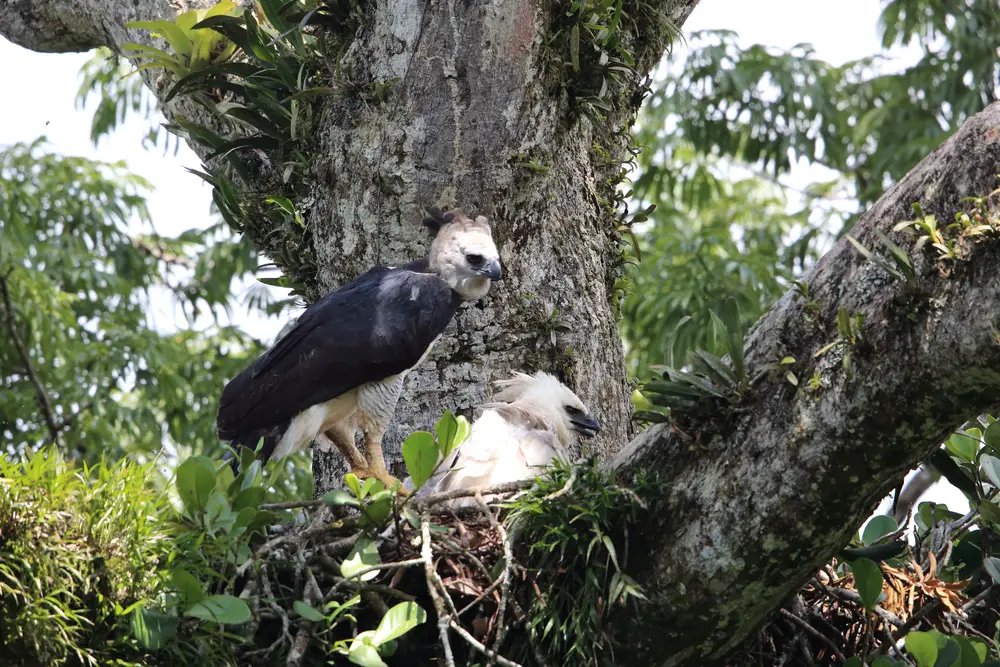
The Harpy Eagle, which lives in tropical lowland rainforests, is the largest and one of the most powerful birds of prey in the world. The harpy eagle is the largest living species of eagle and an apex predator in the world. It is also the name of the species.
Wandering Albatross
- Scientific name: Diomedea exulans
- Type: Carnivores
- Wing span: 3.7 meters
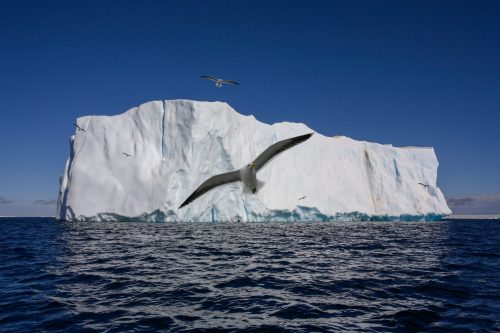
The Wandering Albatross has the longest wing span of any living bird, making it the largest living bird in the world. This bird, which nests on both South Georgia Island and Macquarie Island, is another example of how far its range can extend.
Great Hornbill
- Scientific name: Buceros bicornis
- Type: Omnivores
- Wing span: 151 to 178 cm (59 to 70 inches).
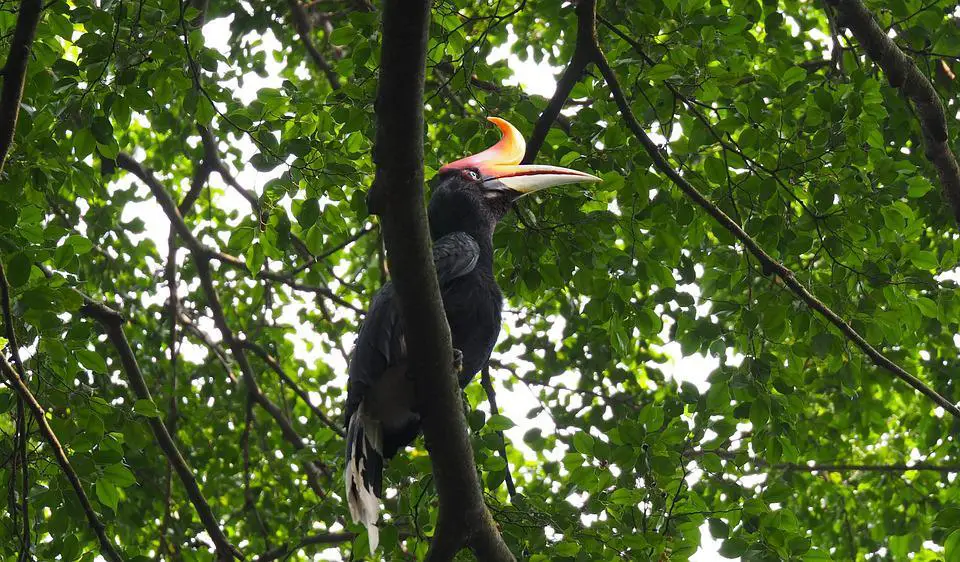
Native American of distinction the hornbill is the largest member of the hornbill family and can be found in the forests of India and Southeast Asia. The huge bird is stunning to look at because of how big its bill is and how bright its yellow and black colors make it look overall.
Secretary Bird
- Scientific name: Sagittarius serpentarius
- Type: Diurnal carnivores
- Wing span: 2 m
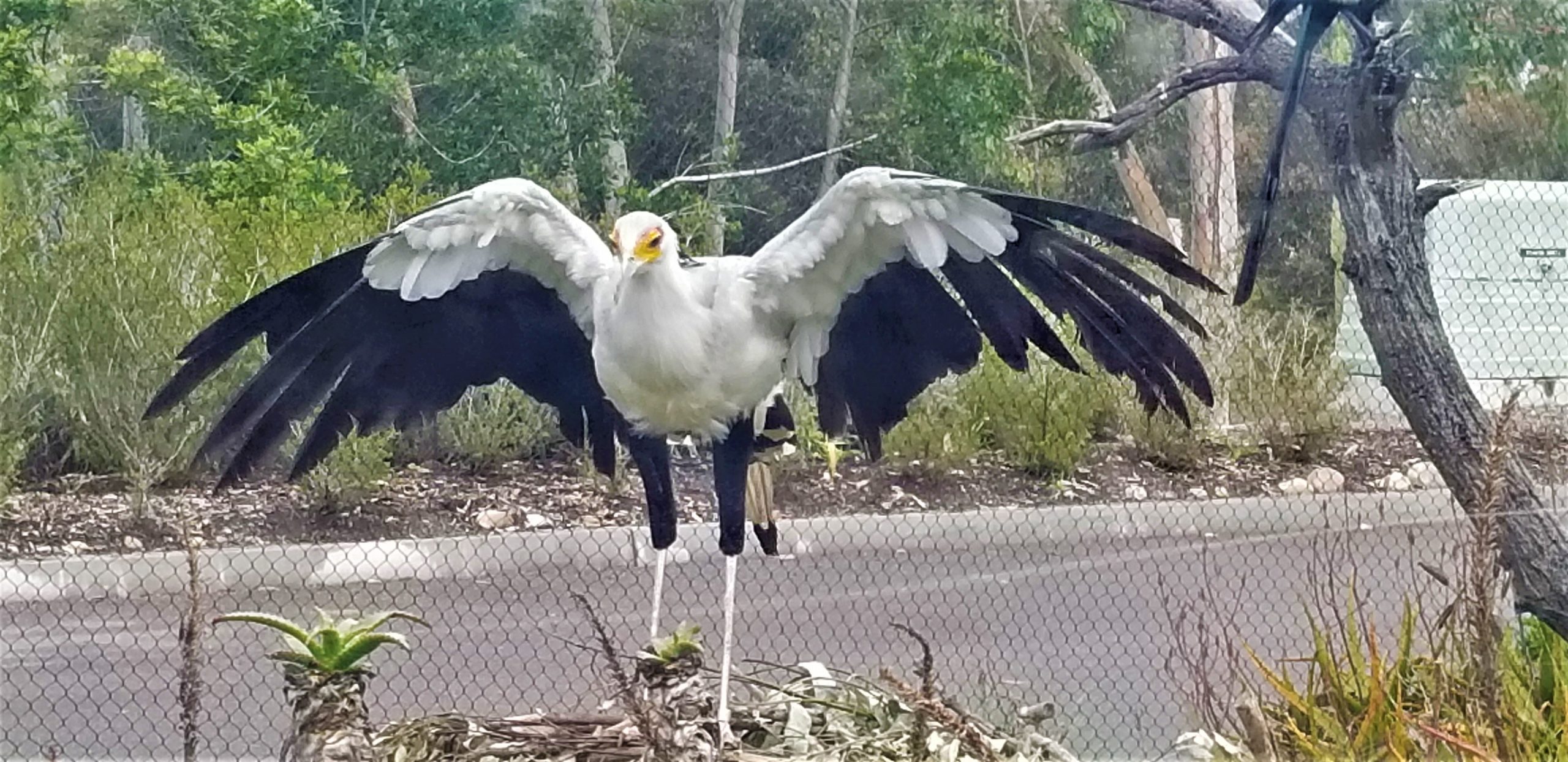
An extremely large raptor or bird of prey, the Secretary Bird is native to the sub-Saharan region of Africa, where it inhabits grasslands and savannahs. The Secretary bird’s head resembles that of an eagle, but its legs resemble those of a crane, and it stalks its victims on foot.
Philippine Eagle
- Scientific name: Pithecophaga jefferyi
- Type: Carnivores
- Wing span: over two meters
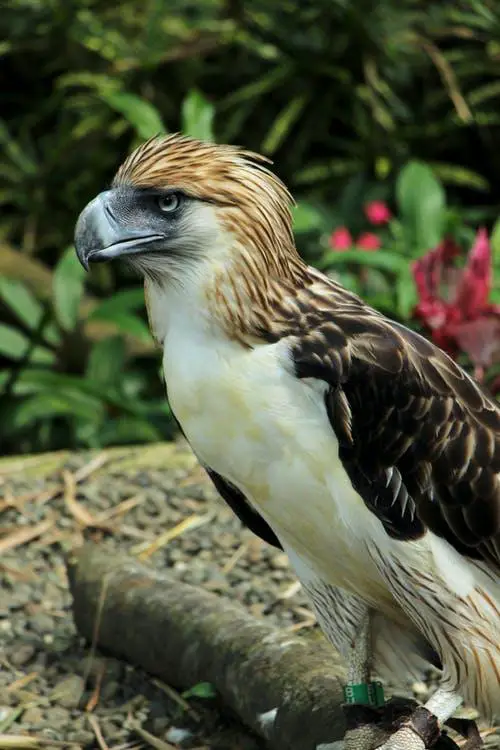
However, despite being one of the largest eagles in the world, there is only a very tiny population of Philippine Eagles living in the woods of the Philippines. It is also known as the monkey-eating bird and is considered to be the most powerful eagle in the world.
Great Grey Owl
- Scientific name: Strix nebulosi
- Type: Carnivores
- Wing span: Over 4 feet
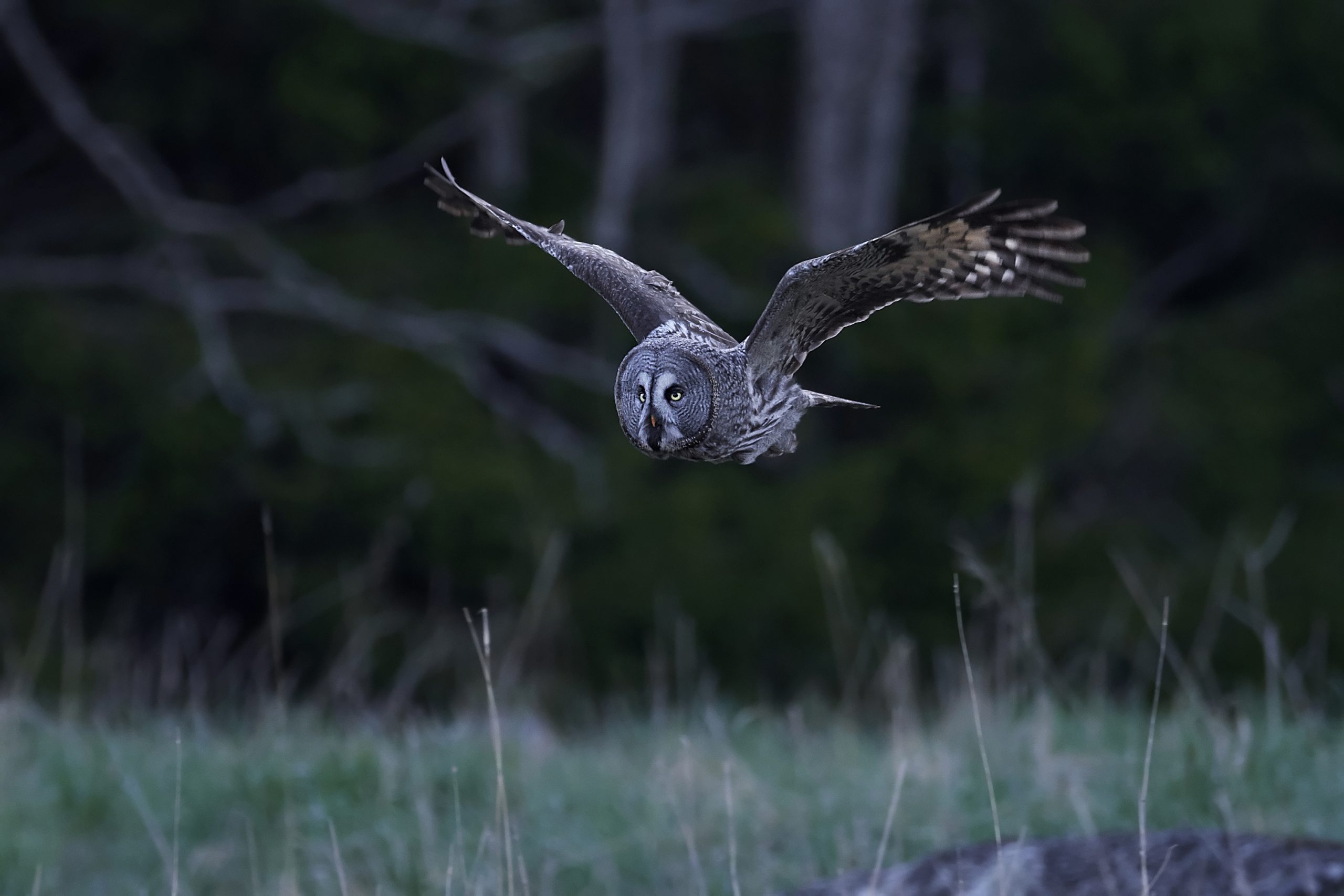
The Great Grey Owl is the largest species of owl in the world and may be found throughout the Northern Hemisphere. Because of its enormous size, enormous head, and perfectly silent flying, it is one of the largest wild predators and the greatest avifauna to watch when it is in the air.
Trumpeter Swan
- Scientific name: Cygnus buccinators)
- Type: Omnivores
- Wing span: 3m
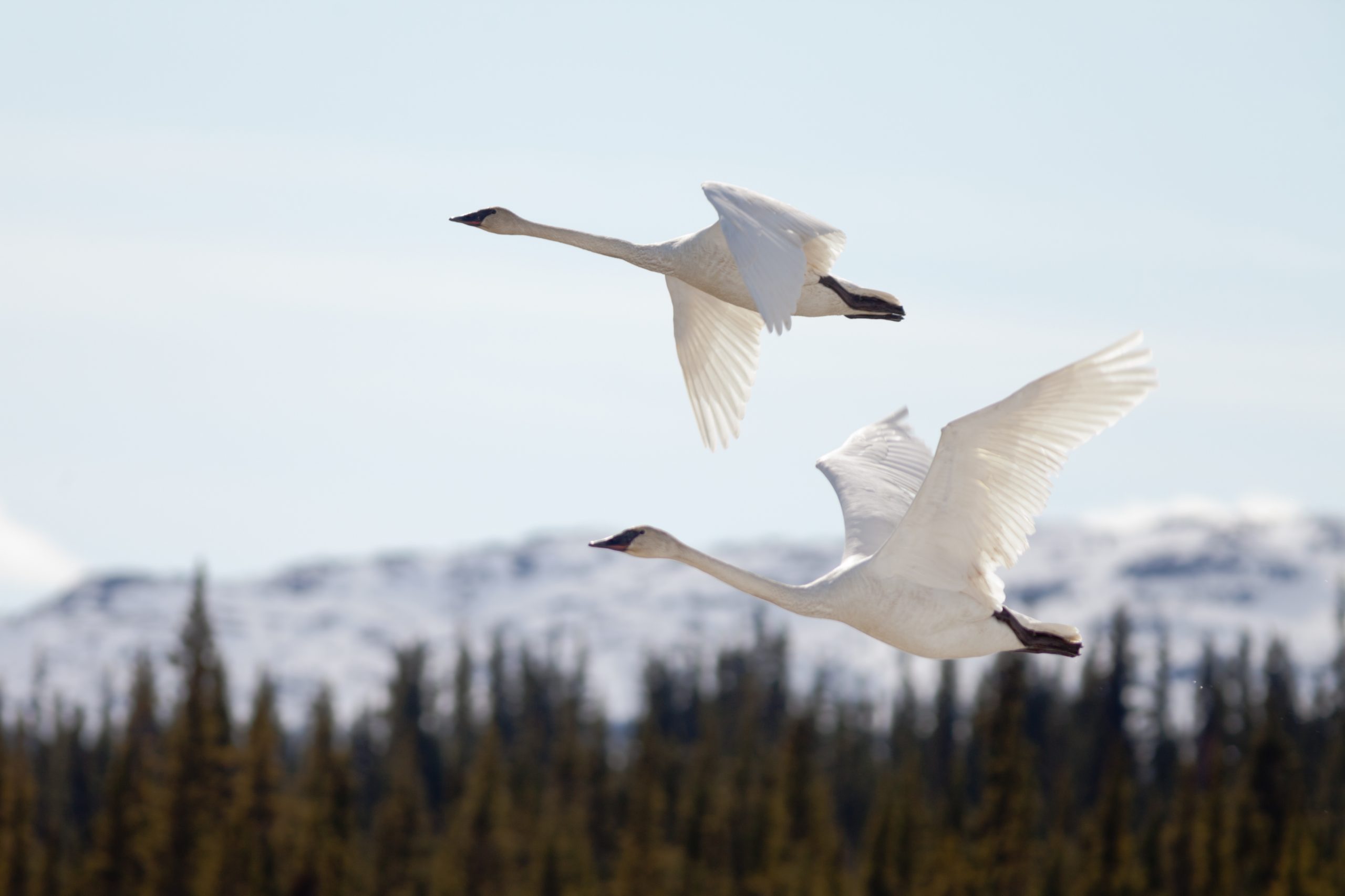
The Trumpeter Swan is a waterfowl that is endemic to North America. It is also one of the heaviest flying birds that we have here. This species of waterfowl, which inhabits North America, is the world’s largest living waterfowl species. The Trumpeter Swan is often considered to be one of the most stunning species of water bird in the world.
Himalayan Vulture
- Scientific name: Gyps himalayensis
- Type: carnivores, scavengers
- Wing span: 3.1 m
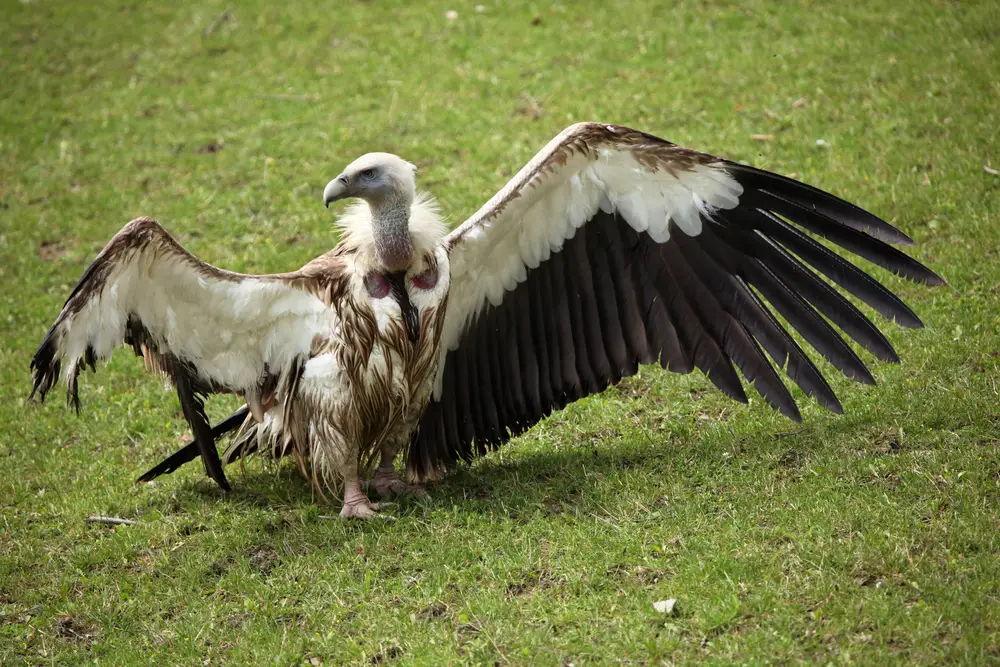
The Himalayan Vulture is one of the two largest species of vulture native to the Old World and is classified as a real raptor. It may be found in India along the Himalayas. This huge type of vulture lives in the Himalayas, which are home to the world’s largest and heaviest bird species.
Greater Flamingo
- Scientific name: Phoenicopterus roseus
- Type: Omnivores
- Wing span: 1.4 and 1.7 m
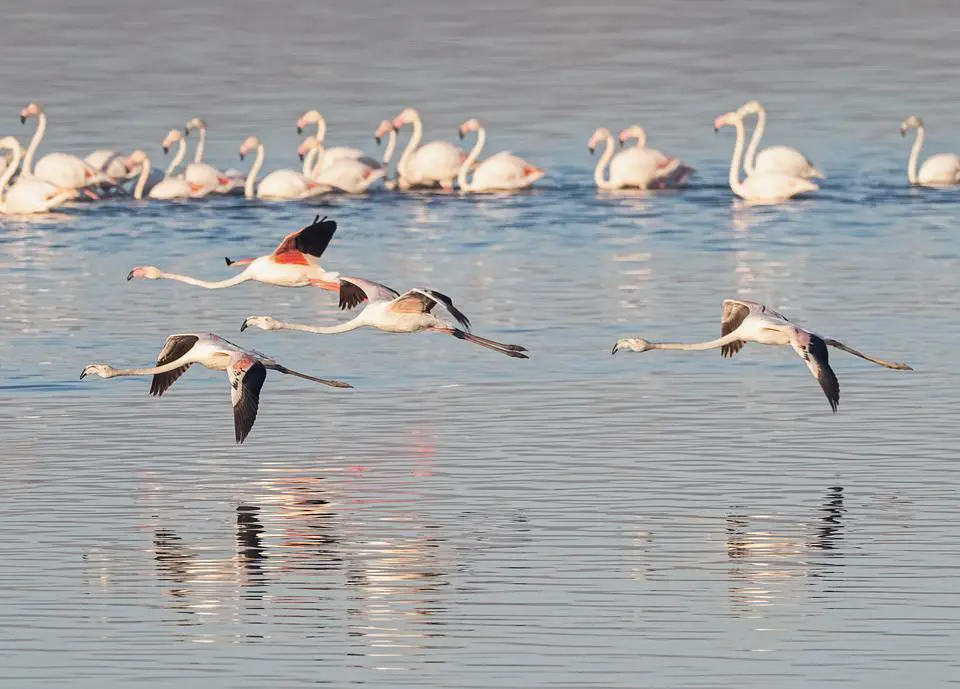
The Greater Flamingo is the largest and most colorful of the three flamingo species. It may be found in the Middle East, Africa, and the Indian subcontinent. The greater flamingo, which is the most common species, lives in the Rann of Kutch salt marsh in India. These lagoons are shallow and near the coast.
Greater Adjutant
- Scientific name: Leptoptilos dubius
- Type: Omnivorous
- Wing span: up to 3 m
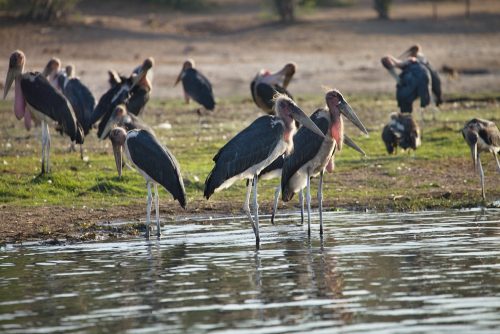
The Greater Adjutant is the largest and rarest member of the stork family. Its range is much more restricted than other stork species and it is only found in southern Asia. This gigantic stork with a massive bill in the shape of a wedge is one of the enormous scavenger birds that may be found in Assam, most commonly in bird colonies.
Lappet-Faced Vulture
- Scientific name: Torgos tracheliotos
- Type: carnivores, scavengers
- Wing span: 2.8 m
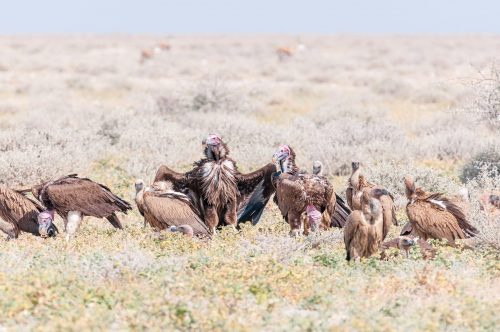
The Lappet-faced vulture is also known as the Nubian vulture and the African eared vulture, and it has a wing span that is very near to being the greatest of all the birds that are native to Africa. The species is easy to recognize due to its large size, exposed pink head, and the lappets on each side of its neck, which are the fleshy folds of skin. Additionally, the species has lappets on each side of its neck.
California condor
- Scientific name: (Gymnogyps californianus)
- Type: carnivores, scavengers
- Wingspan: 3 meters
The wingspan of the California condor, also known as the bald-headed California condor, is equal to that of the American white pelican, making it the bird with the longest wingspan of any species found in North America. These condors do not construct nests; rather, they look for pre-existing nesting sites in places like cliff caves, rock crevices, or hollows in redwood trees.
Bearded Vulture
- Scientific name: (Gypaetus barbatus)
- Type: carnivores
- Wing span: 3 m
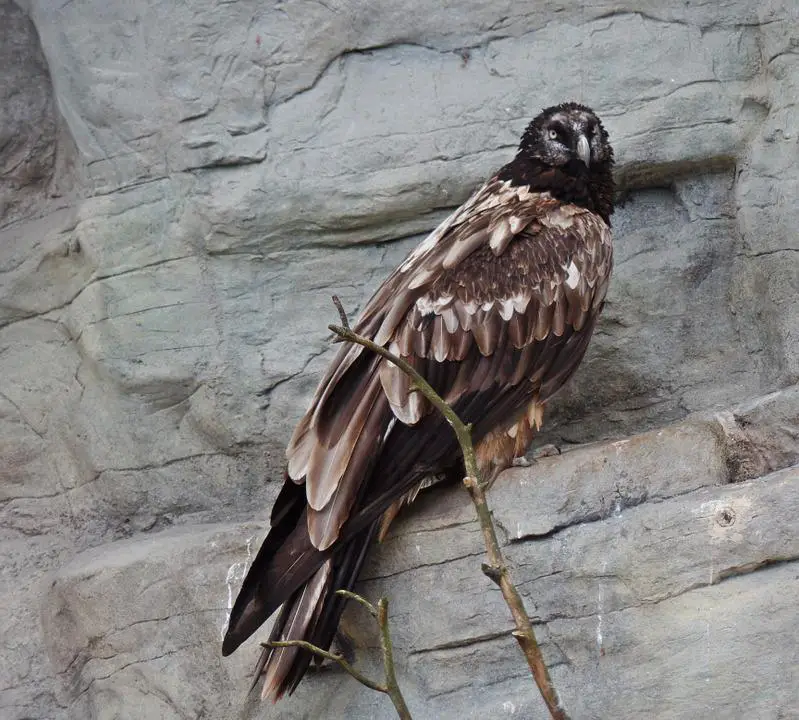
The bearded vulture, also known as the lammergeyer, is one of the largest birds of prey in the world in terms of both its weight and its wingspan. It is also known as the “lammergeyer.” They are only found in isolated parts of southern Europe. They are restricted to living in hilly regions and are typically found above the tree line.
Bearded vultures are simple to identify due to the crimson rings that surround their eyes and the black ‘sideburns’ that they sport. The lammergeyer, in contrast to many of the other raptors on this list, does not often hunt live prey but rather forages on the dead bodies of other animals.
Eurasian Black Vulture
- Scientific name: (Aegypius monachus)
- Type: carnivores, scavengers
- Wing span: 3.1 m
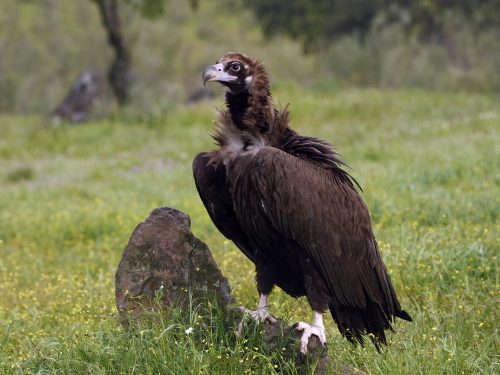
The Cinereous vulture, also known as the Aegypius monachus, is the world’s largest and heaviest bird of prey. It can be found in scattered locations across Eurasia, ranging from Spain to Korea. This vulture from the Old World has exceptional eyesight, which enables it to locate carrion even while it is flying.
Their appearance is a cross between an eagle and a vulture, with a stern glare and the characteristic featherless head of vultures, which helps avoid a buildup of blood when the bird is feeding. However, they have a fluffy collar of feathers around their necks.
Whooper Swan
- Scientific name: Cygnus Cygnus
- Type: Omnivores
- Wing span: up to 2.75m
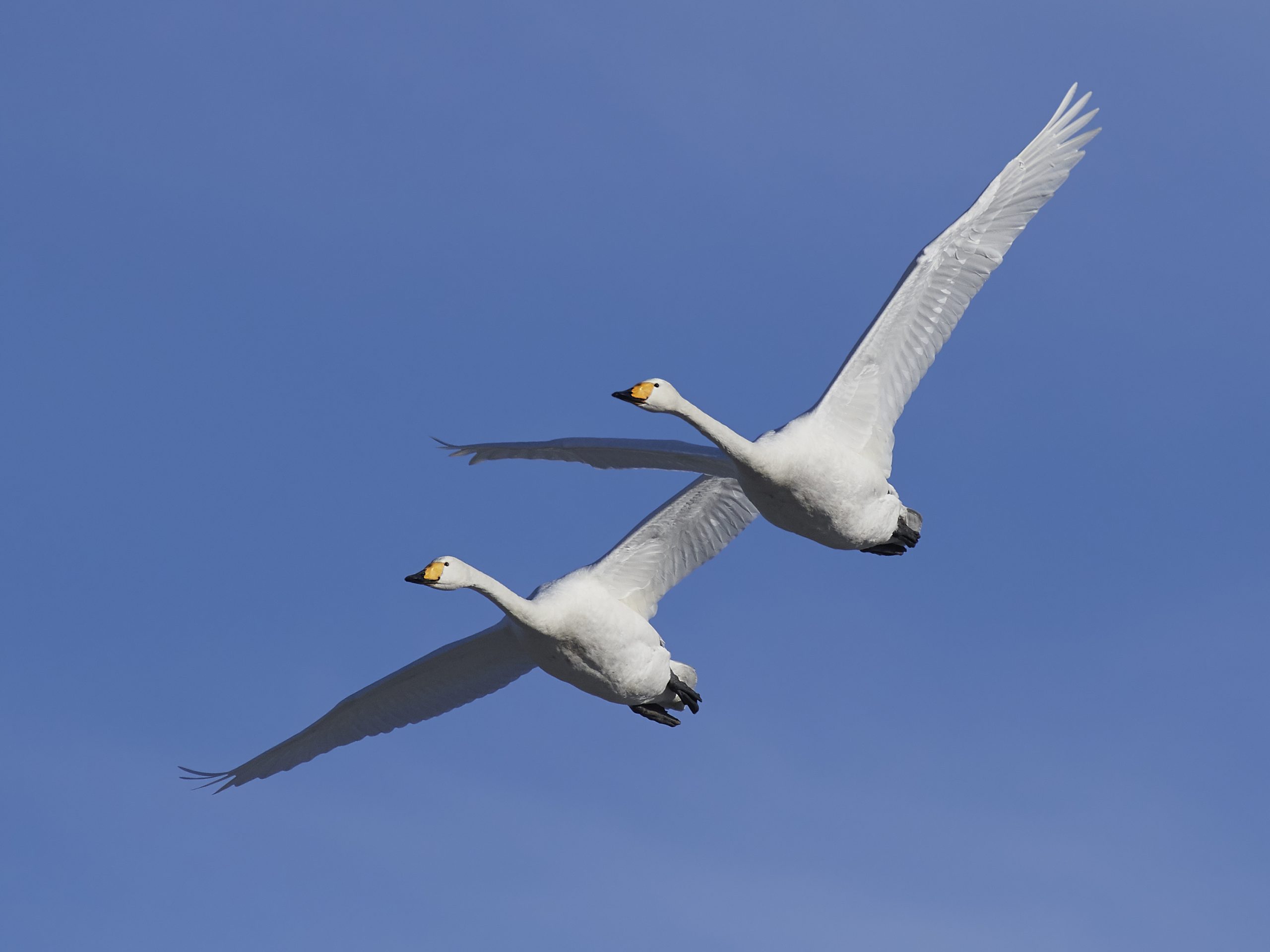
The whooper swan, scientifically referred to as Cygnus, is a species of migratory bird that is famous for its stunning looks. These beautiful birds have snowy white feathers, black feet, and a yellow and black beak. Their feet are also black. These birds can be found in many regions across the globe, including Asia, Europe, and North America.
Although aquatic vegetation makes up the majority of their diet, young whooper swans may also consume insects and other invertebrates. Their diet is primarily composed of fish. They have a wing span that can reach up to 9 feet.
Do Flamingoes Stay Together as Mates When They Fly?
Flamingo mating habits explained: Flamingoes exhibit strong mate fidelity, often seen staying together even in-flight. These graceful birds form monogamous pairs that can last for years, with mutual grooming strengthening their bond. As they migrate or fly, their synchronized movements showcase their committed relationship, making them a beautiful spectacle in the sky.
Marabou Stork
- Scientific name: Leptoptilos crumenifer)
- Type: carnivores
- Wing span: 2.2 – 2.9 m
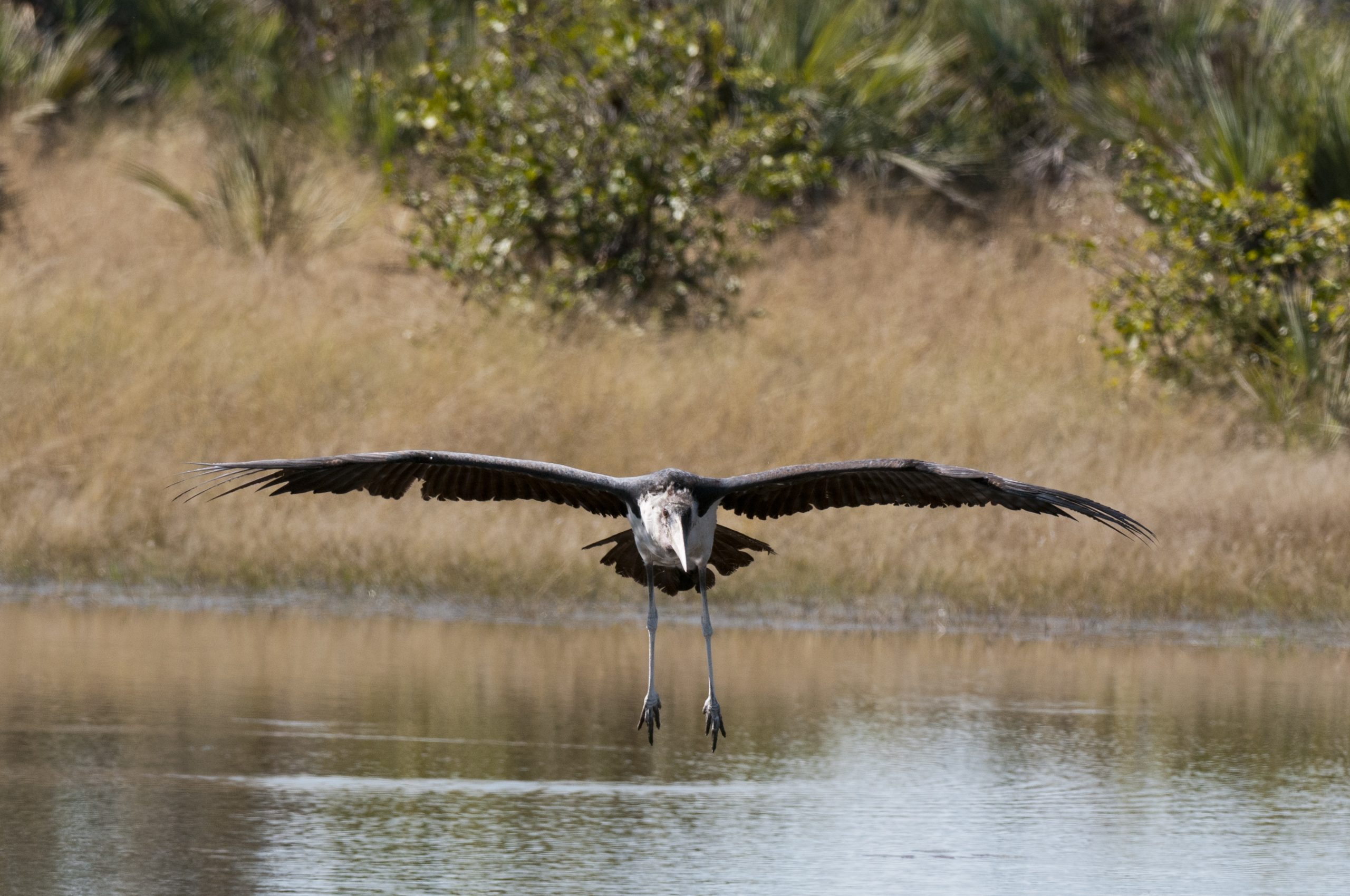
The Marabou Stork, sometimes known as the Undertaker Bird, is native to the dry and semi-arid regions that are located south of the Sahara Desert. This bird, which is often found in the vicinity of landfills, can gain up to 17 pounds in weight.
Particularly when viewed from behind, this black bird gives the impression that it is donning a pair of white underpants. There have been sporadic sightings of birds with wingspans of up to 10 meters (33 feet). Once these birds reach sexual maturity, which they do at the age of four, they mate for the rest of their lives.

